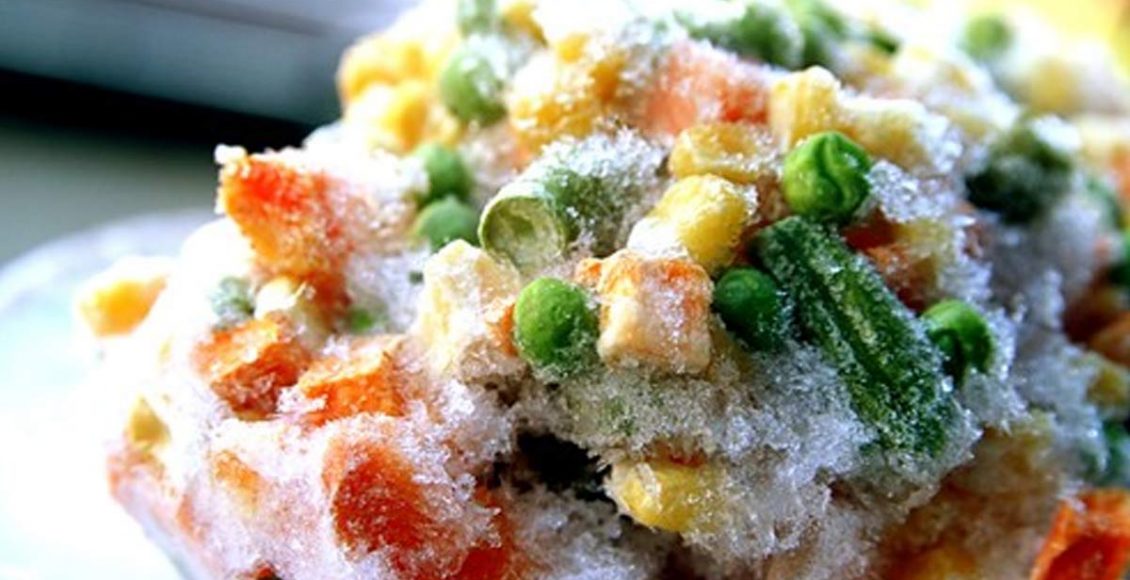
Frozen Food Market in India
Introduction
The Indian frozen foods market is valued at INR 42.7 billion in 2021, which expects to reach INR 93.8 billion by 2025, expanding at a CAGR of around 17% from 2020 to 20251. The frozen food market, which includes frozen snacks, frozen fruits & vegetables, frozen meat, poultry & seafood, and frozen meals, observed a faster growth rate in the past five years. There is considerable growth in the number of millennial consumers among the semi-urban and urban markets opting for convenience food, giving rise to the acceptance of frozen food in India. In recent years, India has witnessed a surge in the number of employed women, resulting in a growing demand for convenient formats including frozen meals. Expansion in modern retail outlets and a surge in online retailing has further boosted the growth of frozen food sales. The lockdowns, restrictions, and social distancing due to the pandemic have changed the daily lifestyle of people, making frozen food a growing choice for consumers. However, the high cost of products and preference for the consumption of fresh food remains a constraint for this segment.
Key frozen food segments in India
The foodservice segment dominates the overall frozen food market and values at INR 29.08 million. It is primarily driven by the growth in the organised segment of chain restaurants such as Pizza Hut, Domino’s, McDonald’s, KFC, etc. growing at a rate of 23% YoY. The retail market for frozen food accounts for 32% of the total frozen food market.
Frozen meat, seafood and vegetables hold more than 85% of the frozen food market in India. The consumer preference for frozen potato fries and nuggets is driving the frozen snack segment. The traditional Indian taste palettes have pushed companies to develop more Indian variants within frozen foods such as samosas, cutlets, kebabs, and parathas. COVID-19 greatly impacted the restaurant businesses, giving more momentum to frozen foods. The frozen vegetable is the second-largest segment, growing due to the year-round availability of seasonal vegetables in frozen format. Urban areas account for 80 per cent of the demand for frozen food. The domestic consumption of frozen meat and seafood is small but is growing at a rate of 10%. North India accounts for a significant share of 40% of the frozen food market, followed by West (30%) and East India (10%).
Competitive Landscape
The frozen food market is highly consolidated, with fewer players dominating the frozen food market and the top four companies accounting for more than 50% share in the retail segment. The key players are Mother Dairy Fruits and Vegetable, Al Kabeer, Venky’s India, Innovative Foods, Darshan Foods and McCain Foods India. The foodservice segment is even more concentrated as Quick Service Restaurants, which consumes the major volume in the segment, have a limited number of approved vendors to supply frozen food products. Based on their business model, these players can be classified into three segments: (i) the Indian entities of a multinational company such as McCain India and Al Kabeer, (ii) Vertically integrated companies such as Venky’s and Mother dairy, and (iii) Indian entities with focus only on frozen foods such as Innovative Foods, Darshan foods, Oceanic Edibles International. With the growing acceptance of frozen food, many companies are focused on expansion from regional to national presence. For example, Keventer, the Kolkata-based company, aims to establish a frozen foods business nationwide in the next two to three years. Major players like ITC have expanded their frozen food distribution and launched new products in the category in recent years. Last year, Raipur-based steel manufacturer Goel Group entered a frozen food business called GOELD.
A decade back, consumers did not accept frozen food due to high prices and the misconception that frozen products are not fresh. However, in recent years consumers have become more aware and are health conscious. Post-pandemic, the frozen foods are likely to get more acceptance due to changes in consumer preferences, which will transform the frozen food market in India. With improvements in cold chain infrastructure and logistics, it is anticipated that this segment will witness new entrants and further investments.
Author:

Consultant- Food Processing and Retail practice,
Connect with Author at: E-mail foodbiz@sathguru.com
 Grow Beyond
Grow Beyond 

